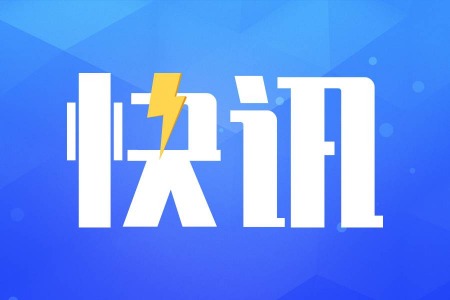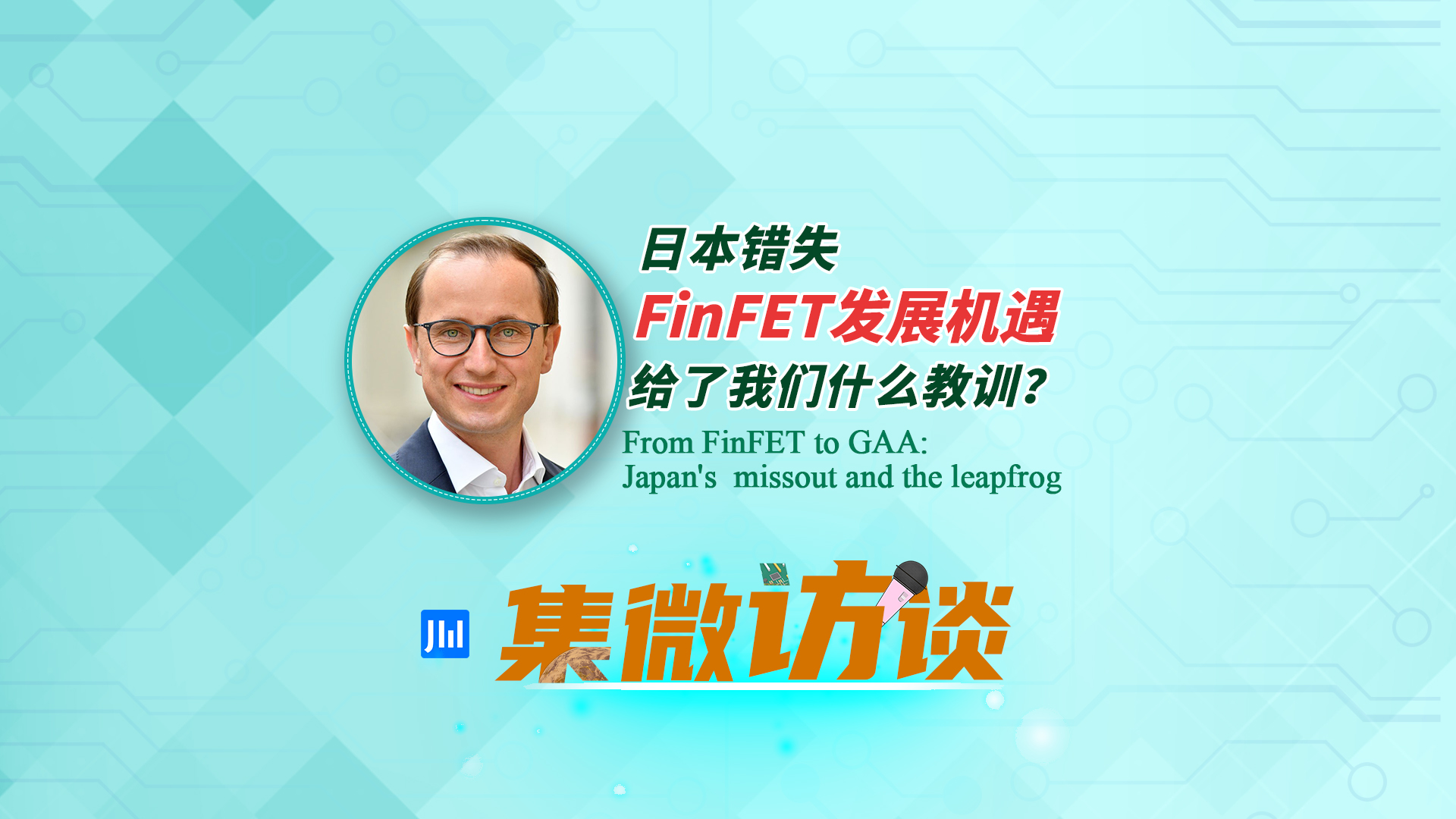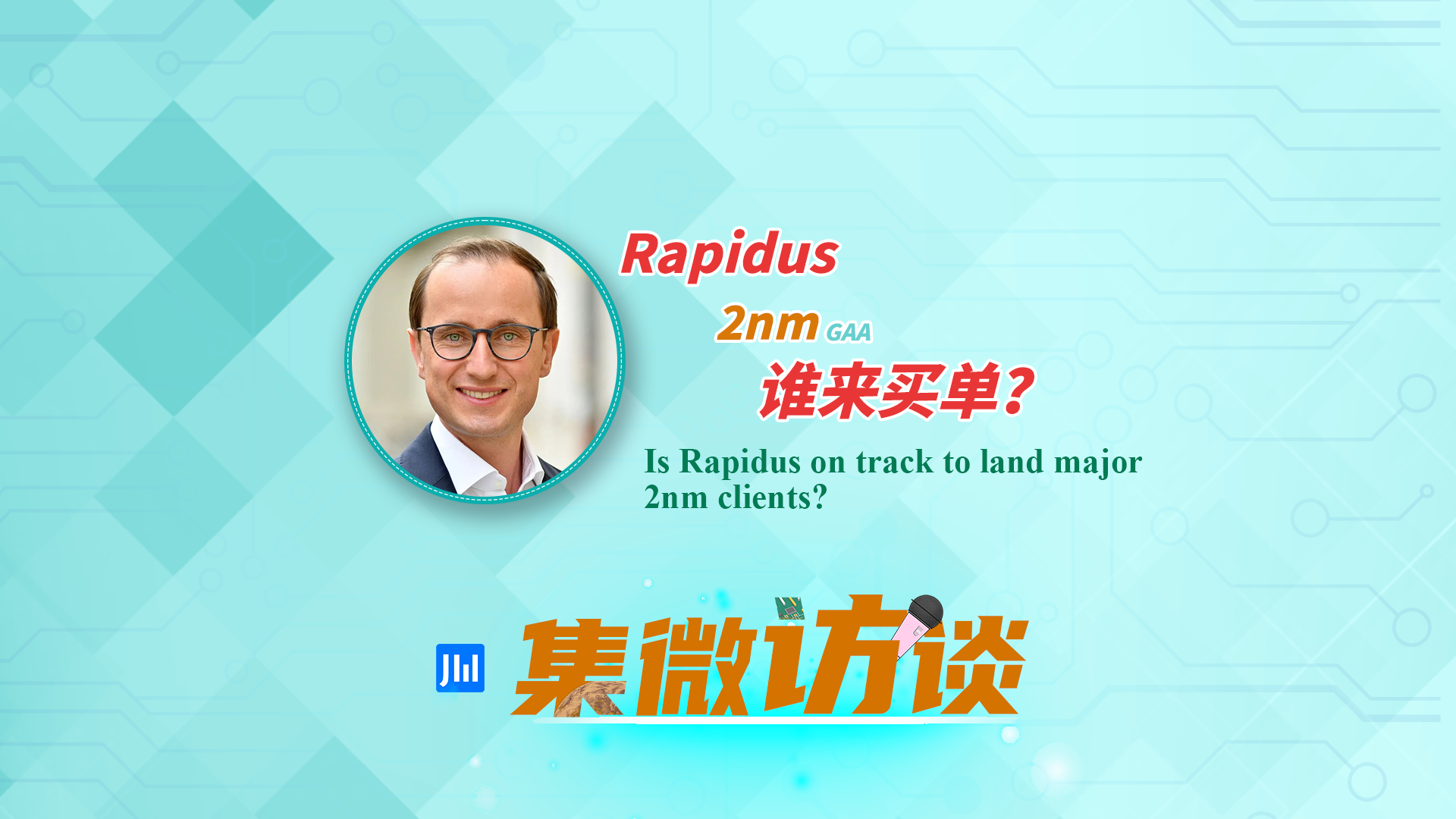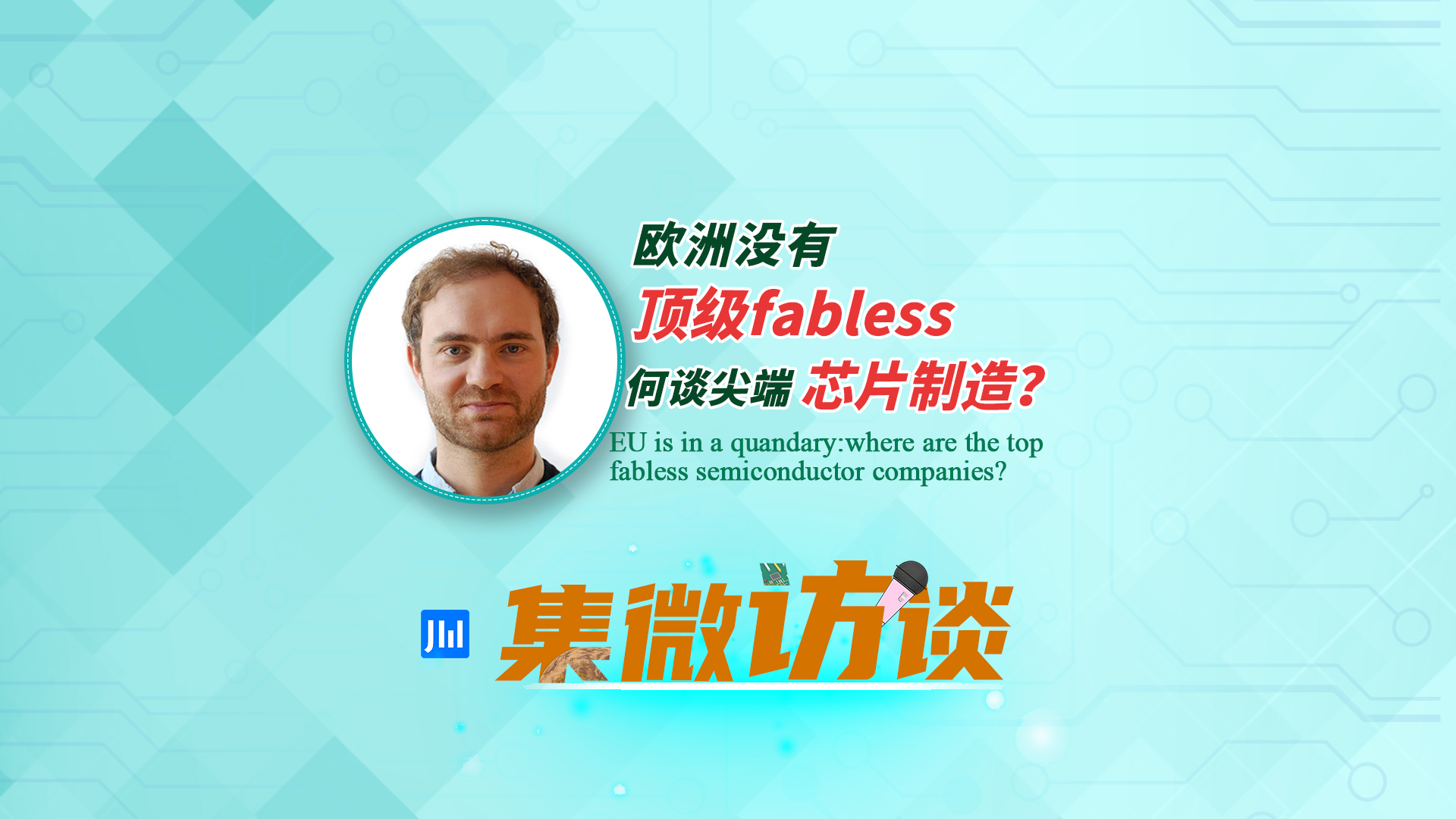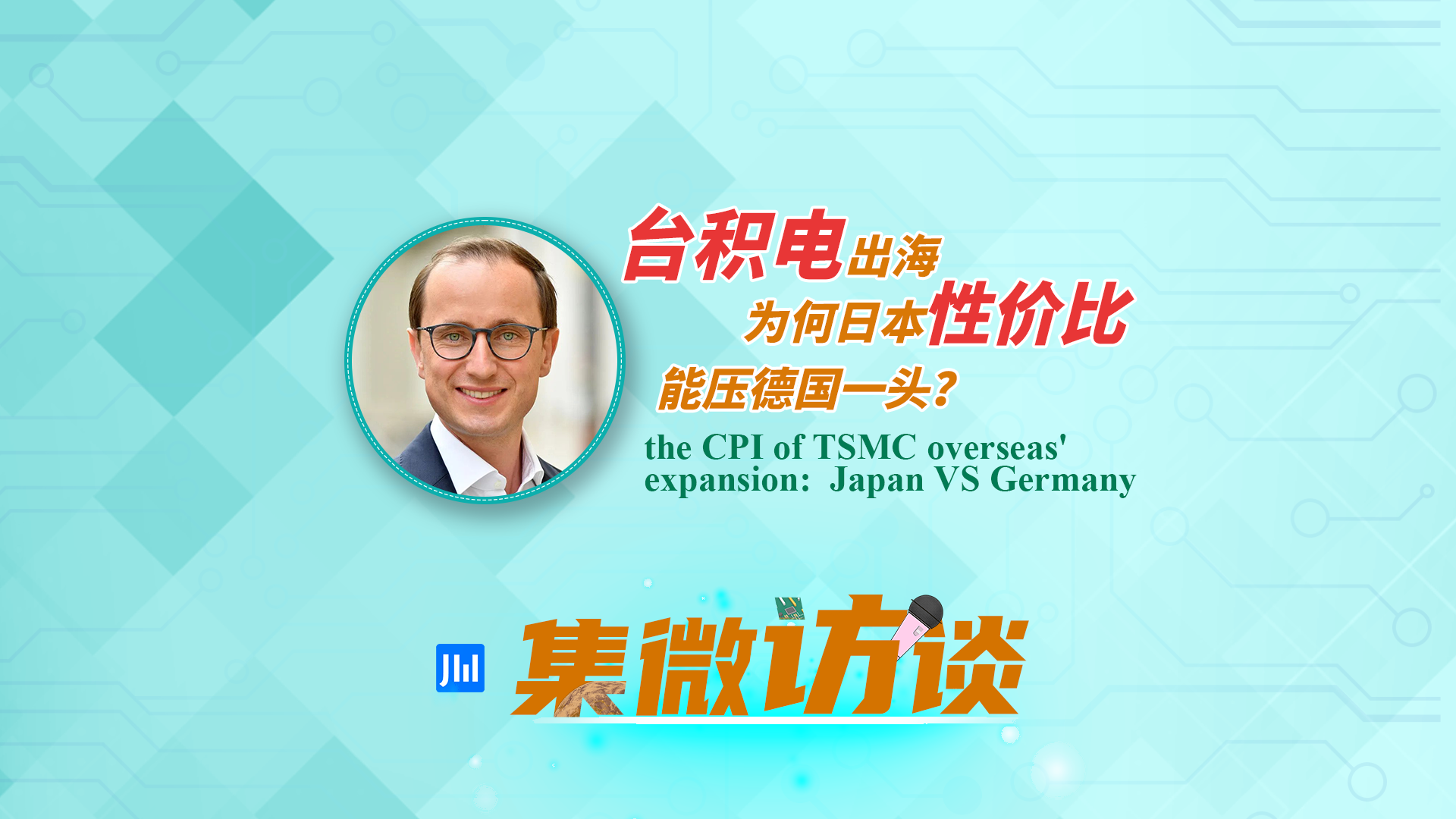By Li Panpan
China’s technology giant Huawei has beefed up its research and development significantly to cope with its loss from the mobile phone business as a result of the U.S. sanctions and to innovate in new areas for more human-centered, intelligent, and low-carbon developments, according to Huawei Rotating Chairman Ken Hu at its Global Analyst Summit on April 26 and 27.
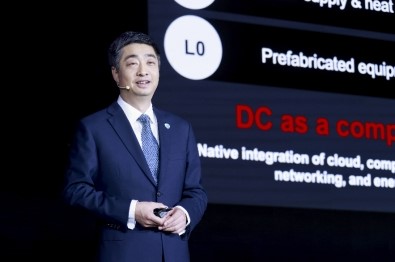
He addressed the offline and online summit with his keynote speech entitled “Continue innovation and jointly build a green and intelligent world.”
“Innovation is part of Huawei’s gene. Despite considerable operational challenges over the past few years, Huawei has continued to increase its R&D input with at least 10% of its annual revenue back into R&D. Last year, the figure shot up to 22%.”
An important direction for Huawei’s R&D has been in 5.5G and F5.5G leading to 10 gigabit/second, which will bring about more dynamic and faster connections. This technology application will result in a tenfold improvement in bandwidth, coverage, and experience of fixed broadband connection. Hu said Huawei has so far completed major technological verification on this.
It also forecasts that, by 2030, the global general computing power will increase by ten times (to 3.3 ZFLOPS), and the AI computing power will increase by 500 times (more than 105 ZFLOPS). To meet this challenge, Huawei will redefine the computing architecture to break through the bottleneck of computing performance and efficiency.
It will develop human-centered full-scene intelligence other than just cellphones. In the past two years, its mobile phone business has experienced a major decline due to chip shortage caused by the U.S. sanctions. Hu called it “a great regret both for consumers and Huawei.” But it provides an opportunity for Huawei to rethink its devices business and bring greater value to consumers.
Huawei launched last year a smartwatch that can monitor blood pressure, blood oxygen, and electrocardiogram (ECG). With the premise of user authorization, the collected data can be uploaded to the cloud for analysis by software algorithm and assist doctors’ treatment.
Seeking the opportunity for digital and low-carbon development, Huawei will continue to help different industries to execute complex digital transformations and empower low-carbon development with its technology, Hu said.
He gave the example of Huawei helping over 200 coal mines install more than 3,000 pieces of 5G equipment and a solar power station to increase the energy yield by more than 2% and enhance efficiency by 50% with its cloud and AI technology.
To seek sustainable growth, Huawei is engaged in recruiting talents around the world. On April 25, it started a new recruitment campaign to hire graduate talents worldwide in 2022. The company recruited more than 26,000 fresh graduates in 2021 and 2020.

